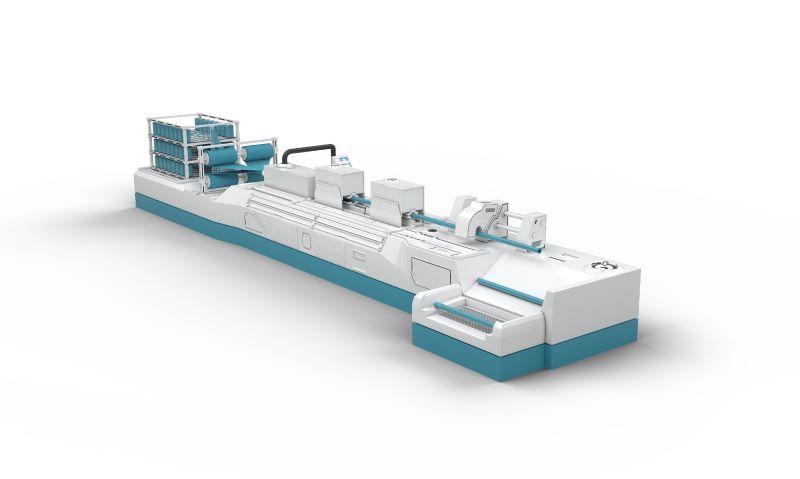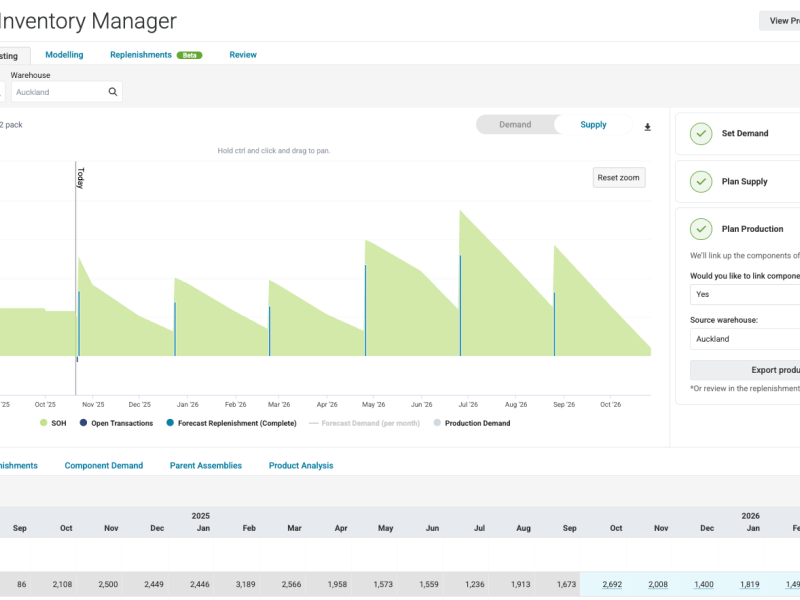Pultrusion and Resin Transfer Moulding (RTM) are two widely used manufacturing processes for producing composite materials. While both methods have their merits, pultrusion offers several distinct advantages over RTM when it comes to making straight profiles. Here Kim Sjödahl, VP of technology and R&D at global composites manufacturer, Exel Composites, explores the benefits of pultrusion and compares them to the RTM process.
Pultrusion is a continuous manufacturing process that involves pulling reinforcing fibres, typically glass or carbon fibres, through a resin bath and then into a heated die, where the resin is cured and the composite’s final geometry is formed.
On the other hand, RTM is a closed-mould process in which dry fibres, often in the form of a preform, are placed in a mould and liquid resin is injected under pressure into the mould to impregnate the fibres. Final curing is achieved either at room temperature or by heating the mould for a faster cure cycle.
One of the key advantages of pultrusion is its ability to produce continuous, uniform profiles with high fibre volume fractions. The pultrusion process allows for precise control over the fibre alignment and resin distribution, resulting in composites with excellent mechanical properties and consistent dimensions throughout the length of the profile. RTM can also produce consistent quality but is more dependent on the typically hand-laid preform.
Strength-to-weight ratios
The continuous fibre reinforcement in pultruded profiles provides excellent load-bearing capacity and stiffness while keeping the weight to a minimum. This makes pultruded composites ideal for applications where weight reduction is critical, such as in aerospace, automotive, and sporting goods industries.
Another advantage of pultrusion is its even distribution of additives and reinforcements alignments during the manufacturing process. By introducing fillers, pigments, fire retardants, or additional fibres, pultruded composites can be tailored to meet specific performance requirements, such as enhanced fire resistance.
Looking at manufacturing efficiency, pultrusion offers faster production speeds and higher output rates compared to RTM. The continuous nature of the pultrusion process enables the production of long, constant cross-section profiles, reducing the need for secondary operations and minimizing waste. RTM, being a slower batch process, require more complex mould designs and additional post-processing steps, which can increase production time and cost.
RTM is well suited to complex 3D shapes, such as complex automotive component geometries and non-prismatic shapes that are not possible via pultrusion. Pultrusion is specialized for 2D shapes, like window frame profiles, or bus side panels, telecommunications radomes, and of course composite tubes.
Both pultrusion and RTM feature fully moulded surfaces, meaning both upper and lower surfaces can be visual surfaces, as opposed to single side tooling or machining. RTM can, in some circumstances, match the mechanical properties achieved with pultrusion. Therefore, the two processes can be complementary on applications such as bus and train external panels, with pultrusion for the straight sections and corner shapes by RTM. Both are needed to make a complete product.
Both pultrusion and RTM offer consistent mechanical properties, high fibre volume fractions, excellent strength-to-weight ratios, dimensional stability, resistance to environmental factors, and manufacturing efficiency. While RTM has its own strengths and applications in shape flexibility, pultrusion offers a compelling solution for industries seeking high-volume, high-performance composites with consistent quality and reliable performance. Together, components made by the two processes can produce almost anything.
To find out how Exel Composites’ expertise in pultrusion could benefit your engineering or design business, continue reading here about composites manufacturing techniques.






